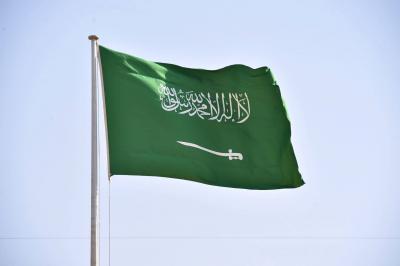Liquidity in the Saudi economy, measured by “M3 money supply,” has increased nine times over 29 years, reaching its highest level ever at the end of December 30, 2021, compared to approximately 228 billion riyals at the end of 1993. According to monitoring by the report unit of the Economic Newspaper, which relied on data from the Saudi Central Bank (SAMA), local economic liquidity grew by 7.3% (158 billion riyals) since the end of 2020, when it stood at 2.149 trillion riyals. Furthermore, the money supply rose by 16.2% (322 billion riyals) compared to its levels before the outbreak of the Coronavirus pandemic, which was 1.985 trillion riyals at the end of 2019.
The increase in the money supply and the reduction of interest rates, a feature of an "expansionary monetary policy," contributes to enhancing overall demand, which supports GDP and employment. This policy is beneficial in reducing unemployment and the economic contraction expected to affect most countries globally due to the pandemic. In early June 2020, the Saudi Central Bank announced the injection of 50 billion riyals to support liquidity in the banking sector to enable it to continue financing the private sector.
It stated that this liquidity would enhance the banks' role in adjusting or restructuring their financing without any additional fees and support plans to maintain employment levels in the private sector, in addition to the exemption from several electronic banking service fees. "M3 money supply" includes the total of "currency in circulation outside banks," "demand deposits," "time and savings deposits," and "other quasi-monetary deposits."
"Other quasi-monetary deposits" include deposits of residents in foreign currencies, deposits against documentary credits, existing transfers, and repurchase agreements (“repos”) executed by banks with the private sector. Over the past 29 years, "M3 money supply" has witnessed annual growth, having increased more than nine times during that period, from around 228 billion riyals in 1993 to 2.307 trillion riyals at the end of 2021.
During the period from 1993 to 2008, "money supply" did not exceed one trillion riyals, whereas it surpassed this threshold at the end of 2009, reaching 1.029 trillion riyals. Since 2009, "money supply" has only exceeded two trillion riyals during 2020, recording 2.009 trillion riyals at the end of March. From the week ending May 7, 2020, the money supply remained above two trillion riyals until the end of 2021, closing at 2.307 trillion riyals.




